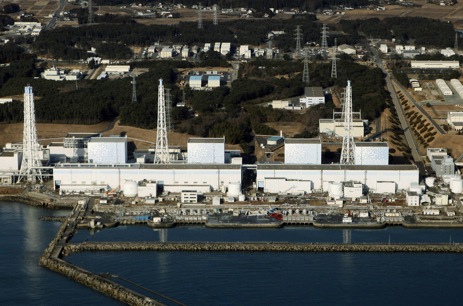In the wake of severe natural disasters, how is Japan going to get its electrical infrastructure back online? The Nautilus Institute for Security and Sustainability has an answer, and it's anything but business as usual. By deploying a mix of renewables and energy efficiency technology, they argue, Japan's need for electricity could be met three years sooner than through nuclear and conventional fossil fuel power.
All told, Japan's earthquake and tsunami have knocked out at least 15,000 megawatts of electricity generating capacity — that's greater than the total summer peak demand for all of New York City. The plants that are off-line or unavailable to the grid include nuclear, coal, and natural gas. The only reasons this hasn't led to more severe rolling blackouts are a) so much other electricity-consuming infrastructure was also knocked out by the disaster, and b) the heroic efforts of residents of northern Japan to conserve energy.
Rebuilding with renewables would restore the country’s capacity more cleanly. The initial cost would be higher but spread across the lifetime of the initiatives, it would only amount to an additional 10 percent more per year. The study authors argue this would be more than justified by the positive economic impact of meeting Japan's power needs years before conventional plants could be brought on-line.
The Nautilus Institute's plan isn't just about swapping out damaged nuclear power plants for renewables — almost a third of the power currently off-line in Japan consists of coal and natural gas-fired plants.
Japan has to rebuild its infrastructure anyway — some estimates put the total cost at $310 billion — so the Nautilus Institute argues that this is an opportunity to deploy a more modern version of what came before. Will Japan seize the opportunity to deploy a smart grid that can be used to balance power production and consumption, and so enable robust energy infrastructure like rooftop solar?



